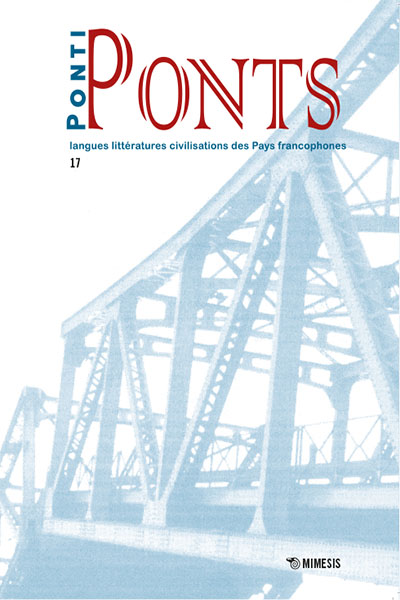Résumé
This contribution, which observes the variation of French under the prism of humor, aims to demonstrate that the use of this enunciative process is far from being harmless and fortuitous in Le Messager Popoli (LMP), the Cameroonian satiric press. More precisely, humor in LMP, governed by the opening motto of the newspaper “laughs well who will read first», is not reduced to a call to entertainment, smile or laugh; in its features of distractive appearance, it obeys to targeted logics and high stakes, contributing to its fame notoriety. From the point of view of the rupture of the linguistic standard (there’s an interlinguistic distance between central French and French as it is used in our corpus), in this press the humor consists in a strategic way of writing, within a media support, using the drawing and a particular language - perceived as laughable, by the yardstick of a linguistic-conventional standard – in order to make the reader laugh about the sociolinguistic and socio-political reality. This scriptural characteristic constitutes the central axis around which this proposition is built. The contribution begins with a methodological development of the newspaper’s humorous mechanisms and data, and then interprets them through the semio-linguistic approach of discourse analysis. This depends on the configuration of the statement as well as on the call-to-connivance contract that the humorous process reveals in LMP. The analysis leads to the conclusion that the use of humor, seized in its four functions (playfulness, marketing, criticism and identity), is revealed above all for this structure, a formidable and convenient strategic weapon ranging from the apparent game to a disguised form of seizure of power by accusing criticism, through the construction of a discursive identity, which, for reasons of ideological positioning and media demarcation, tries to assure LMP its survival, notoriety and its sustainability.

